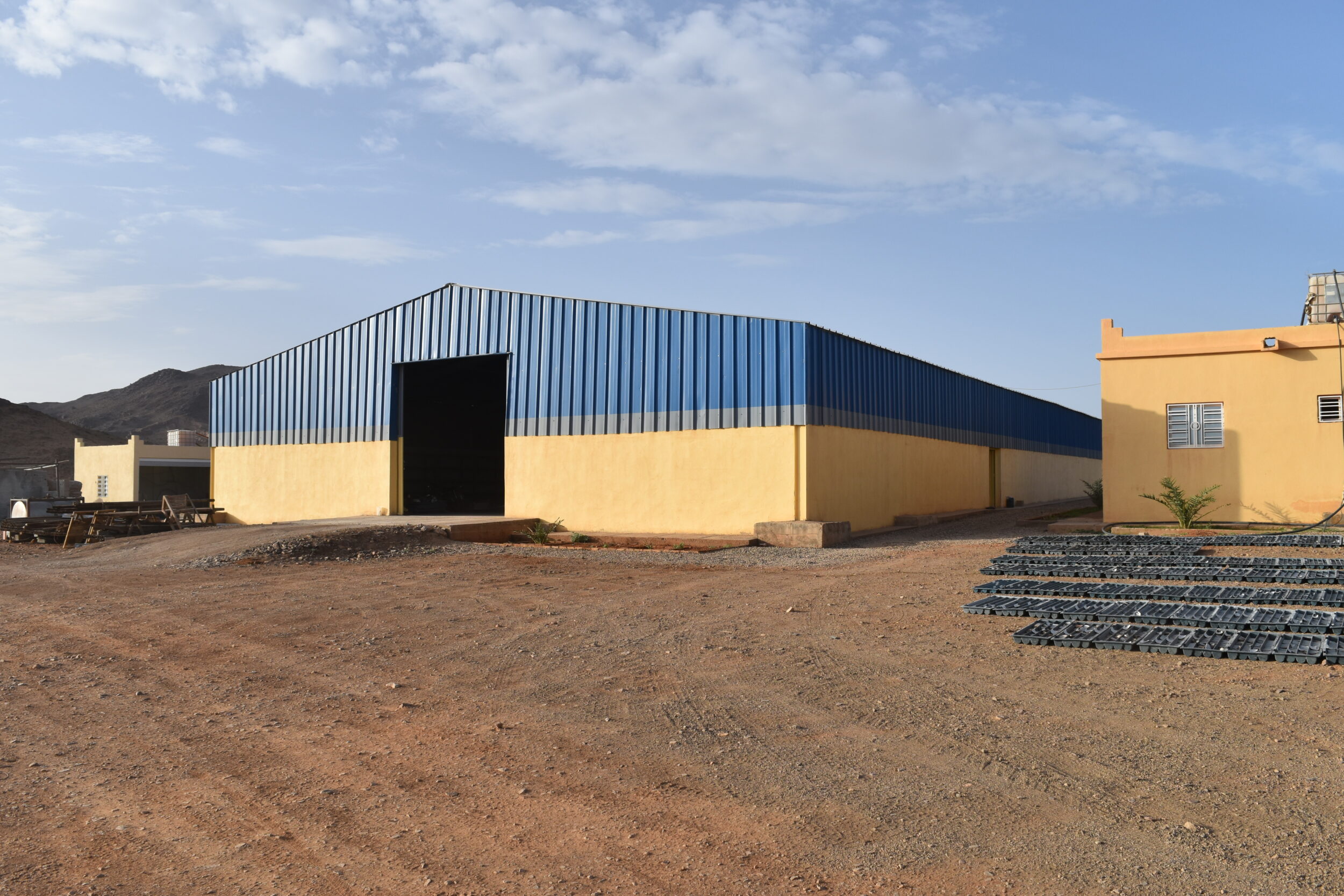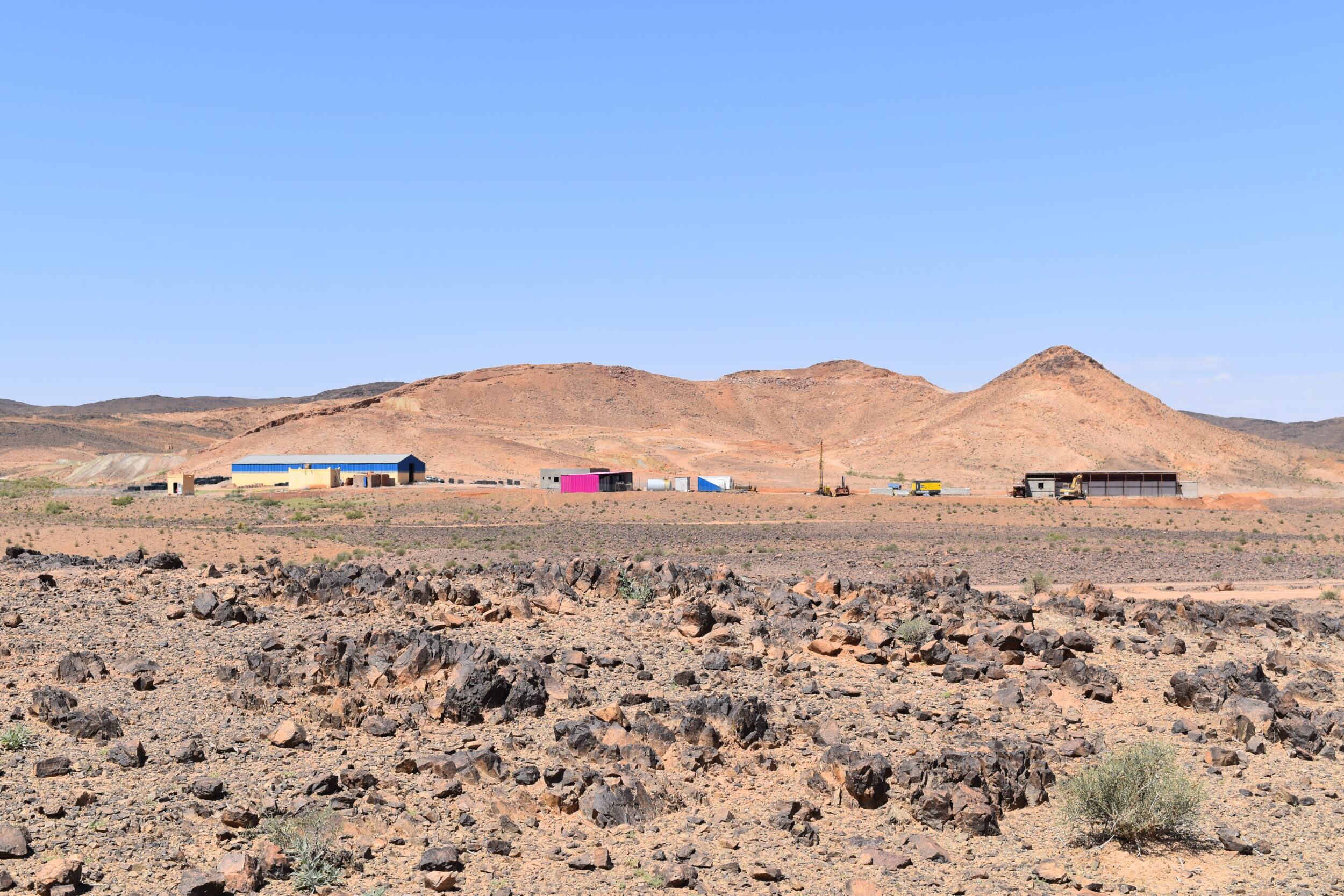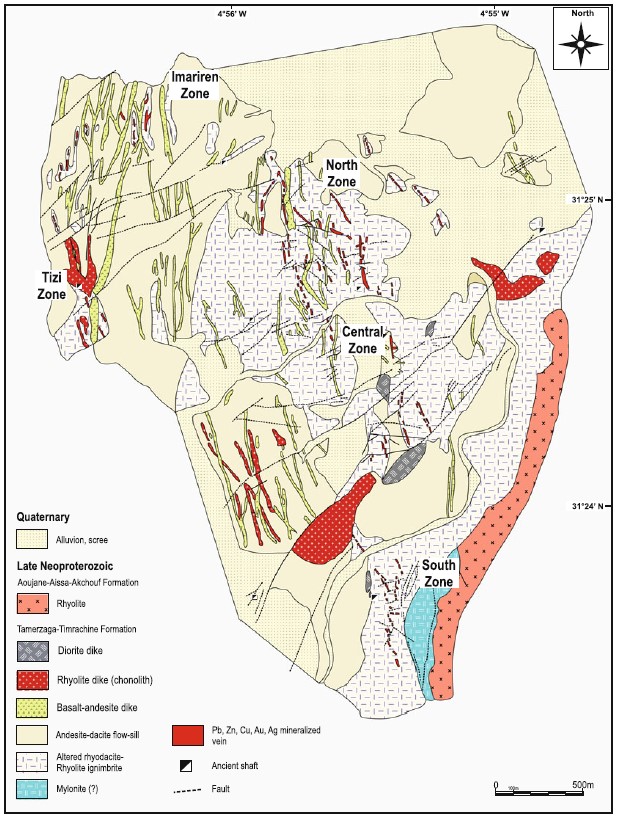TSX: AYA.TO
Gold:
US $
Silver:
US $
Zinc:
US $
Copper:
US $





